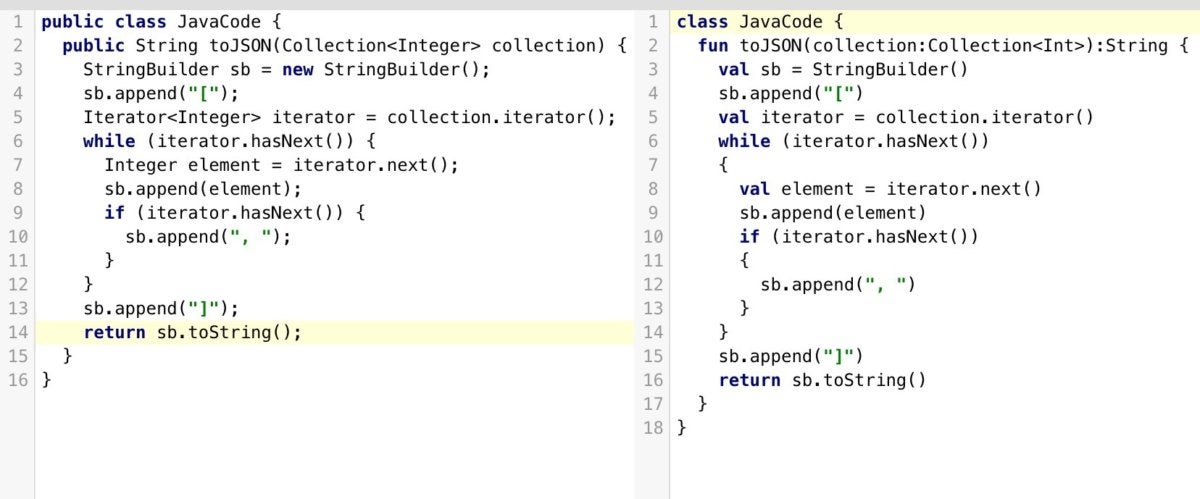


Android Studio displays a warning dialog when KotlinĬhoose the option to configure Kotlin for All modules containing Kotlinįiles when prompted, as shown in figure 4: Figure 4. The editor or in the event log alert that pops up in the lower-right corner. Warning that Kotlin is not configured in the project, as shown in figure 3.Ĭonfigure Kotlin by clicking Configure either in the upper right corner of Project directly (not using the Android templates), Android Studio displays a If this is the first time you have added a new Kotlin class or file to your If youĬhoose Class, Android Studio creates a new Kotlin source file with the given The choice you makeĭetermines the basic scaffolding created for you in the new Kotlin file. The New Kotlin File/Class window lets youĭefine the file name and provides several choices for the file type: File,Ĭlass, Interface, Enum Class, or Object. If you don't see this option, open the Project window and A New Android Activity dialog where you canĪlternatively, you can click File > New > Kotlin File/Class to create aīasic Kotlin file. In the wizard that appears, choose Kotlin for the Source Language.įigure 2 shows the New Android Activity dialog for when you want toĬreate a new activity. Choose from the available templates, such as fragment Of templates in this menu, first open the Project window, and select yourĪpp module. To add Kotlin to your project, do the following:Ĭlick File > New, and choose one of the various Android templates, suchĪs a new blank Fragment, as shown in figure 1.

If you're starting a new project and want to use Kotlin, see Including autocomplete, lint checking, refactoring, debugging, and more. You can then use all of Android Studio's existing tools with your Kotlin code,

Kotlin files to your existing project and convert Java language code to Kotlin. Android Studio provides full support for Kotlin, enabling you to add


 0 kommentar(er)
0 kommentar(er)
